Two years ago, in a brief meeting with the artist Dan Mihălțianu, I asked him what he thought about the article reviewing his exhibition, which I had just written. He said, “You have solved all the problems”. I wondered if that was a response characteristic of the rigor of German language, where the artist has lived for more than 30 years. Is it a response that reflects a cordial appreciation for the content? Or does it subtly place him in a category that is increasingly present today, one that masters a specific language, but which, used and re-used from one exhibition to the other, cut off from local and universal contextual comparisons and, perhaps more importantly, from the living, experiential world, is increasingly resembling an accounting language that solves, ticks different boxes. In the end, I was pleased as an explanation precisely with this threshold ambiguity, which questions the whole economy of an exhibition act.
This came to my mind when I saw the recently closed exhibition, “Extended Spatialities”, at (still) the only gallery dedicated exclusively to photography in Bucharest and the country, 2/3. Organized by the young curator Laura Bivolaru, she had another one in progress at the time: “The Other Side of This Side”. As a welcoming extension, this one also focused on the subject of spatial configurations and how we experience it. If in the exhibition we are discussing here we are talking about the locative and cohabiting one, as a reality of an extended continuous urban environment, in the one mentioned above we are talking about the space occupied in the temporal dimension and the relation of the individuals to it. And perhaps it is not surprising that these themes have been approached with artifacts and practices that have at their center a photographic or video image, a medium that has temporality and spatiality embedded in its matrix.
On the subject of the communal spaces, moreover the urban ones, it is certainly a constant topic for a country like Romania, which has just finished several decades of transition, for lack of other term, from a planned economy type to a market one. From a global perspective, this space is constantly being reconfigured by collective social needs, by external pressures such as inflation, but also by recent threats that tend to isolate it, such as health crises or cyber, and military attacks. A complex space, in which the binary opposites are given by the closed, few-square-metric interior of the individuation and, at the opposite side, the public space as an open place for discursiveness and social conventions, where institutions function. In the tours organized during the exhibition, the curator states that she has identified in the current generation of local authors, a discourse and an artistic practice focused obsessively with the public space. This may be so, as at the same time another generous exhibition on this theme was held in Iasi.
Given that “Expanded Spatialities” has been well promoted and documented, what I also learned from the tours was that there is a substructure in the position of the artworks. One that is delimiting the gallery space into three parts, depending on how the authors relate to a particular spatial typology: «architectures of control» with works by: Ioana Marinescu, Nadina Stoica, John Divola, Anton Roland Laub, Emily Ryalls and Lina Ivanova; «architectures to experience & occupy the public space»: Andrei Mateescu, Vladimir Florentin, Emily Ryalls, Bogdan Bordeianu and David Barreiro; and, in the niche of the gallery, «architectures of the wild capitalism»: Ion Grigorescu, Anca Țintea and Alexander Rosenkranz.
We observe two types of withdrawals, of absences, which structure the field of aesthetic experience. One, we could describe it as the absence of reality itself, as if filtered behind black screens and in informational boxes of all sorts, in abstract structures of language and simulators of reality [Mateescu, Laub, Florentin, Ivanova]. The other, relates to the invisibility of social institutions, an apparent absence behind which power acts through mechanisms of coercion [Grigorescu, Marinescu, Ryalls, Țintea, Divola, Stoica, Barreiro]. The procedures through which experience are transmitted in the visual field, relate to indexical recordings of the events and less often to the pure iconicity of the image (in clear and powerful elements such as the window or the hypermarket).
Like the self-titled typology of space, the materiality in the exhibition is also an extended one. Not that it could be otherwise, in a medium such as the photographic one, chemically intimate, tributary to the change of one substance to another. In keeping with current artistic practices that have the photographic image as their central object, most of the works make use of technologies, production methods and discourses/commentaries either adjacent to, or external to the medium, such as: digital manipulation [A. Mateescu, A.R. Laub], expanded photography [V. Florentin; performativity: E. Ryalls, D. Barreiro] or intervention in public spaces [J. Divola, I. Marinescu]. When the techniques and processes chosen come from the medium itself, they are from the alternative photography, as in L. Ivanova, Al. Rosenkranz, A. Țintea and N. Stoica. More rarely, we are dealing with clean, documentary photography, as in the case of B. Bordeianu, or in the same typology, but in an authentic and aesthetically dirty area [like the concept], as the video Axele strâmbe ale orașului (1994), by Ion Grigorescu. Overwhelmingly, the images are not taken or “appropriated”, but “stripped” from reality by the authors, exceptions containing the archive, commercial images, in N. Stoica’s work.
It is also worth mentioning in the discussion of the different types of materiality and strategies of constructing the artefact, that in those that are related to the latest technologies, as in the photographic installations – from a very new field of the genre, called expanded photography –, massive, in advertising colors, purposely artificialized and deliberately opaque, we do not have that clinging encounter, as in the humble but powerful materiality, with montage subtleties, as in the print in a xerox aesthetic of Al. Rosenkranz, in N. Stoica’s humble and poetical collage of images with your typical rental apartment, or in Grigorescu’s video.
There is a pronounced discursiveness in most of the works, usually with social commentary. Because we increasingly speak, as Walter Benjamin predicted as early as 1936, of the photographic document, whether static or in motion, as the basis of the entire contemporary visual experience, it is not surprising that photography’s unique quality of recording the smallest space-time shifts and sequential performative changes has made it the ideal tool of expression for Conceptual Art.
What I wanted to say is that, I came out of the space with a lot of information, but with little curiosity. With that feeling that all the issues had been addressed. I can’t help but bring up again [actually each time I get the chance] the “aesthetics of encounter” proposed by Baptiste Morizot and Estelle Zhong Mengual. About artifacts and images that deliberately lock themselves in the armour of discursivity, refusing to hook you. Or, as Erwin Kessler put it in a recent conference in Iași, that the first condition of the exhibition remains that of a cabinet of curiosities, of the wunderkammer. Being, however, an exhibition whose means of expression are those of recording information by objective means – from specula sine macula to the mirror with memory –, perhaps this is as it should be.
* lat. The Public Mirror.
The exhibition “Spațialități Extinse”, with artists David Barreiro, Bogdan Bordeianu, John Divola, Vladimir Florentin, Ion Grigorescu, Lina Ivanova, Anton Roland Laub, Ioana Marinescu, Andrei Mateescu, Alexander Rosenkranz, Emily Ryalls, Nadina Stoica, Anca Tintea, curated by Laura Bivolaru and coordinated by Claudia Retegan abd Mihai Șovăială took place at 2/3 Gallery in Bucharest during 05.09 – 06.10.2024.
POSTED BY
Horațiu Lipot
Horațiu Lipot (b. 1989, Alba Iulia) is a curator and cultural journalist. As of 2021, he works as an independent curator, collaborating with venues either from the ON or OFF art- scene in Bucharest, ...
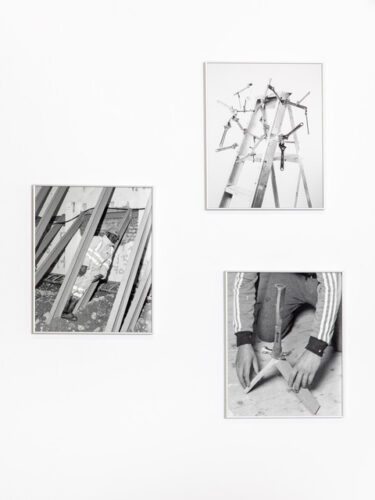
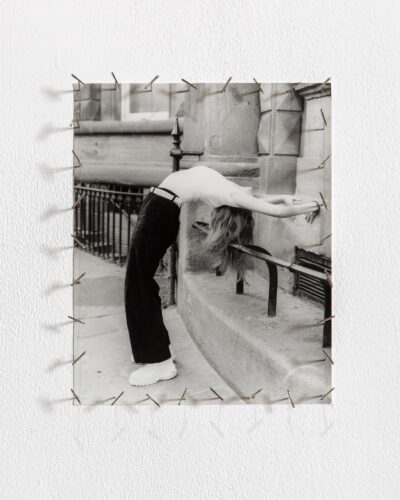
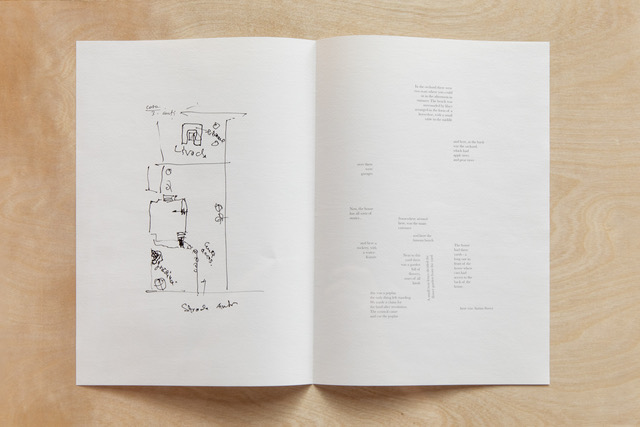
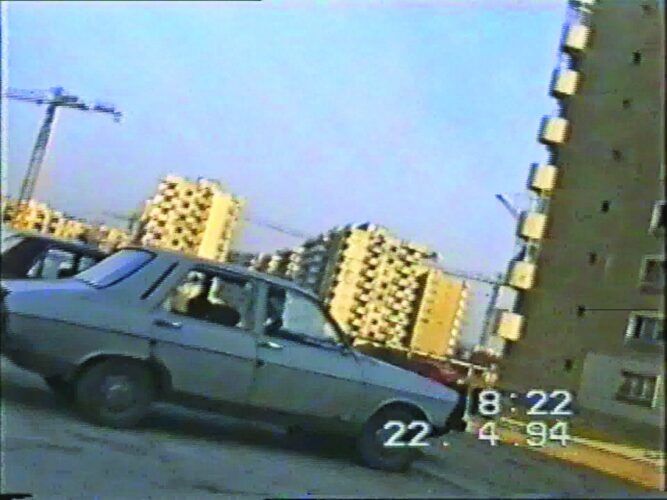
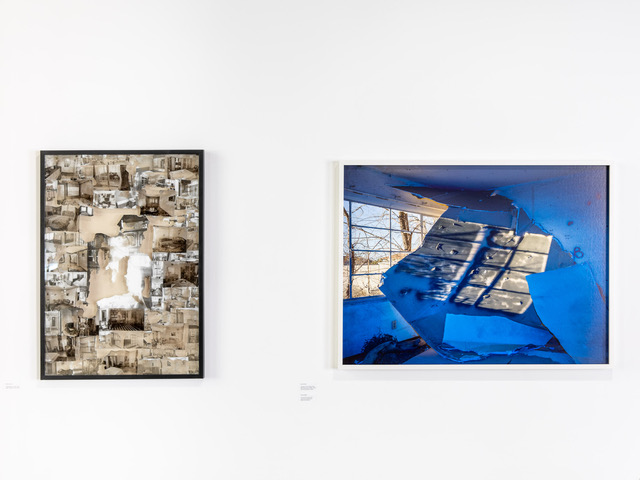
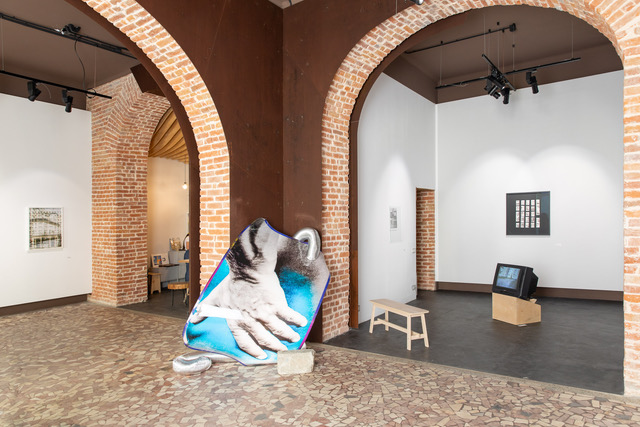

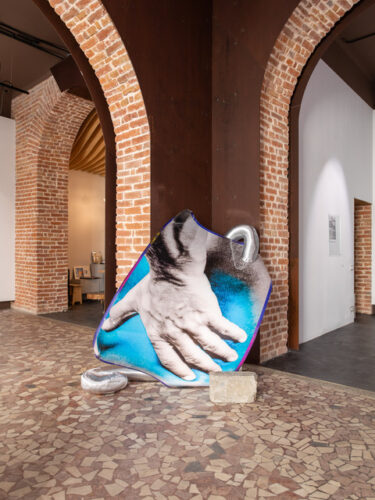
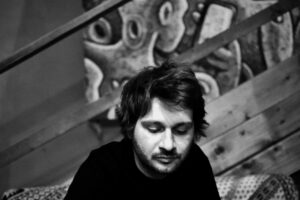
Comments are closed here.